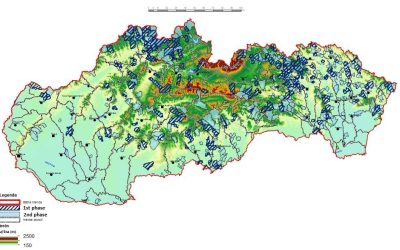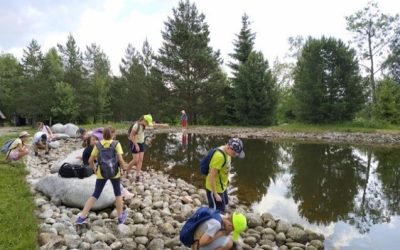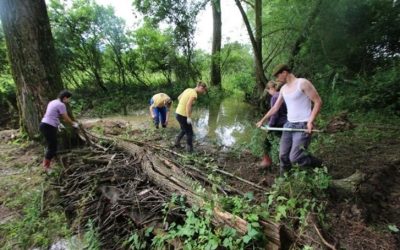situation problem
With the addition of roofed, asphalted and concreted ground surfaces, stormwater runoff to streams is increasing. This not only contributes to increasing flood risks, but also to drying of the land surface. Under cities and towns, groundwater levels are falling, evaporation is decreasing and the extent of the heat island is increasing, where the temperature is often more than 3 °C higher than the outside temperature of cities.
More than 5 million m3 of rainwater is drained annually from an area with 100,000 inhabitants. The cost of sewerage of this rainwater amounts to 5 million €, which was soaked into the soil, replenished the groundwater reserves and evaporated through the vegetation before sealing the earth’s surface, thus cooling the air, humidifying it, cleaning it and sanitising it.
Solution
Collecting rainwater from roofs, roads, parking lots into depressed areas (rain gardens), where rainwater soaks into the soil and the dominant part of this water evaporates into the atmosphere through vegetation, thus cooling the air above the site of the collected rainwater.
Each of us can help clean and cool the air by allowing rainwater on our property to soak into the soil and evaporate.
What you can do?
Take advice on how to do it
Develop a simple design with zero storm water runoff from the property
Make the rain garden as a pleasant place to relax and unwind right next to your house and disconnect from the storm sewer system.
Results
You will save money as you will not have to pay for rainwater drainage (about 100 € per year)
Increase groundwater reserves on your land
Reduce the temperature on your property by about 3°C
Increase humidity on your property
Reduce dustiness and allergens in the air
Create the conditions for a unique ecosystem on your land, this can be the aesthetic jewel of your garden



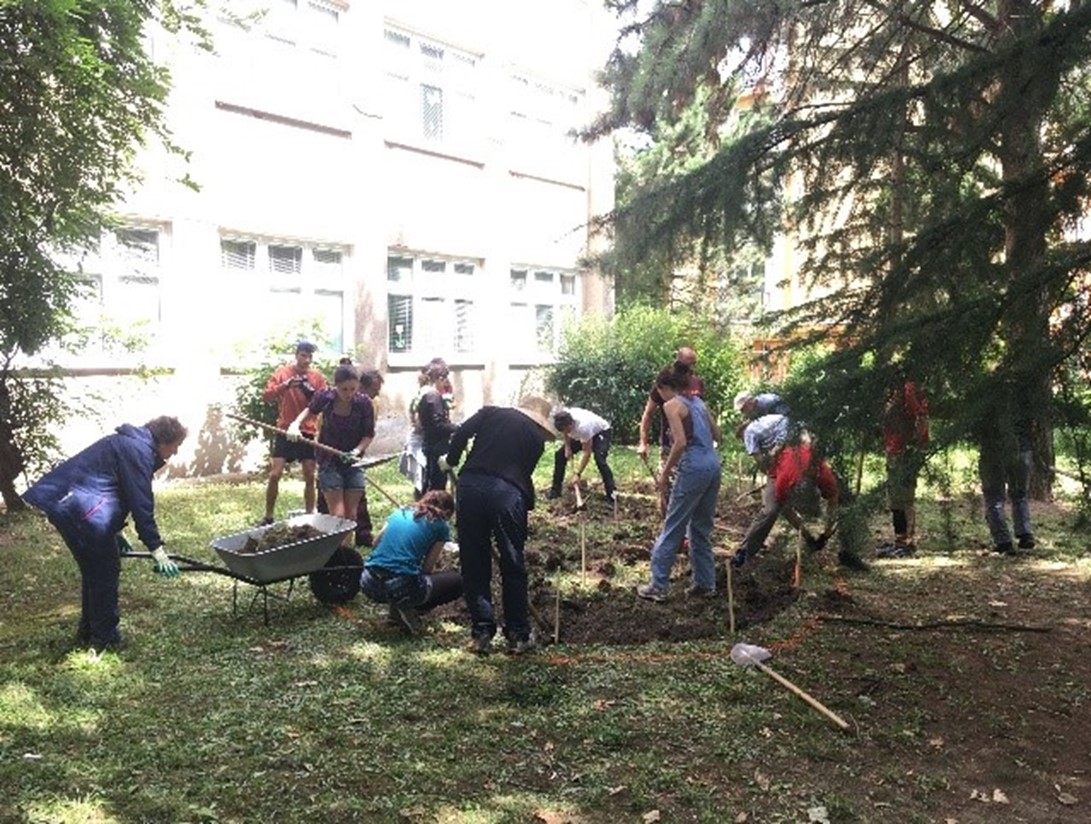

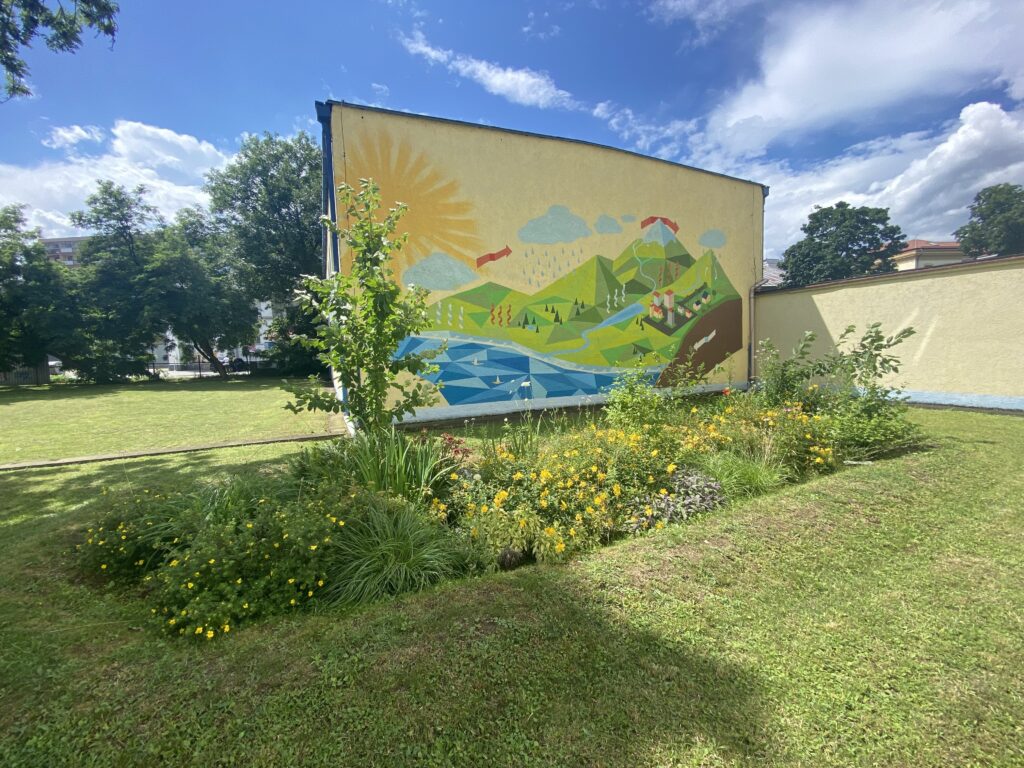
Other Implementations
Slovak landscape and Watershed Restoration (2010-2012)
Slovak Integrated Landscape and Watershed Restoration 2010-2012 by Richard Widows The article was originally published in 2015 by Jan Lambert in the Valley Green Journal Special Book Edition...
Revitalisation of Dúbrava village
The village of Dúbrava in the Spiš region (Slovakia) suffered from the siltation of sediments from water erosion, which resulted in deteriorated hydrology of small watercourses in the cadastre of...
Flood Protection System in Hlohovec
In the town of Hlohovec (Slovakia) there were regular floods due to improper ploughing of agricultural land. The town requested a project aimed at reducing erosion directly on agricultural land and...
Tatras Botanical Garden
The Botanical Garden of the Tatras High Mountain Flora in Tatranská Lomnica (Slovakia) suffered from artificially planted high mountain Tatra flora, which could not develop sufficiently due to the...
Dykes in Jarovnice
The village of Jarovnice in eastern Slovakia was hit by catastrophic floods. In 1998, they claimed the lives of 49 children. The state subsequently invested more than EUR 4 million in regulating the...
Biodiversity Restoration in Rajec
In Slovakia, the structure of the agricultural landscape changed significantly in the second half of the last century. Industrial agricultural production took off, drying out farmland over a period...
Contact us
Send us a message and we will get back to you


